Retro Replay Review
Gameplay
Ralph Bosson’s High Seas places you squarely at the helm of wooden man-o-wars, brigs, and frigates in an era when wind and seamanship decided victory more often than brute firepower. The game’s core loop is built around either ten-minute increment turns or an interrupt-driven mode that lets you issue orders on the fly when enemy ships enter your detection radius. This dual approach caters both to players who enjoy methodical planning and to those who thrive on real-time tactical adjustments.
Wind direction and sail management are the beating heart of High Seas’ mechanics. Every shift in breeze demands a reassessment of your heading and sail configuration: luff too high and you stall, overtrim and you risk losing control. Cannon fire is equally nuanced, with chain shot shredding masts and round shot battering hulls. Choosing the right ammunition for your tactical objective—whether to slow an opponent or force a surrender—gives each broadside a distinct strategic weight.
Adding depth—and surprising for a game from 1988—is a built-in scenario designer. Players can define fleets, wind patterns, victory conditions, and even fog banks, then share them with friends for hot-seat duels or challenge an AI opponent. This feature considerably extends replayability, allowing you to recreate famous historical battles or craft entirely original engagements on the open sea.
Graphics
While modern gamers might chuckle at the blocky sprites and limited color palette, High Seas was cutting-edge at its release. The main deck view renders ships as top-down silhouettes with simple shading to indicate orientation and hull integrity. Though minimal by today’s standards, this abstraction keeps vital information front and center: sail status, damage markers, and heading.
The secondary chart view offers a zoomed-out perspective ideal for fleet-scale tactics. Here you see a clean grid overlaid on the ocean, letting you plot maneuvers, estimate enemy positions, and coordinate converging attacks. Although the switch between views is instantaneous, some players may find the stark change in visual style takes a few battles to get used to.
Sound effects are sparse but functional—cannon bangs, wind whistles, and distant creaking timbers remind you of the salt air and the ever-present threat of broadsides. If anything, the lack of musical score heightens immersion by leaving you to imagine the roar of battle rather than being guided by a looping soundtrack.
Story
Ralph Bosson’s High Seas doesn’t offer a scripted narrative or character arcs in the modern sense. Instead, it places you in the general’s chair for naval engagements spurred by treaty disputes, trade route patrols, or piracy suppression. The “story” emerges through reports between battles, detailing your victories, losses, and any captured prizes.
Each scenario comes with a simple briefing—wind conditions, fleet composition, and mission objectives—yet the true drama unfolds on the waves. A sudden squall might scatter your line, a lucky chain-shot could cripple an enemy flagship’s main mast, and friendly fire becomes a real concern when signaling is poor. These emergent moments craft a narrative unique to every campaign.
For history buffs, the sense of commanding 18th-century vessels under real-world constraints is as close to a story-driven experience as the game gets. That you can customize or recreate battles from the Napoleonic Wars or the Age of Sail further enhances the feeling of being part of a living maritime tapestry.
Overall Experience
Despite its age, Ralph Bosson’s High Seas remains a compelling example of early PC strategy design. Its emphasis on authentic sailing physics and tactical ammunition choices rewards players willing to learn its systems. The user interface may feel dated, but its clarity and responsiveness still outshine many modern indie titles that attempt similar simulations without the polish.
The scenario editor and hot-seat multiplayer options breathe longevity into the package. Friends can take turns plotting courses, issuing firing solutions, and exchanging victory boasts without ever touching the same keyboard simultaneously. Meanwhile, the AI provides a stiff challenge, forcing you to adapt to unpredictable maneuvers and daring boarding attempts.
For collectors of naval history games or those seeking a window into the evolution of PC wargames, High Seas is both a playable artifact and a genuinely enjoyable strategic romp. While it lacks cinematic flair, its blend of thoughtful planning, wind-driven tactics, and scenario creativity ensure that each engagement on the rolling blue remains as thrilling now as it was in 1988.
 Retro Replay Retro Replay gaming reviews, news, emulation, geek stuff and more!
Retro Replay Retro Replay gaming reviews, news, emulation, geek stuff and more!
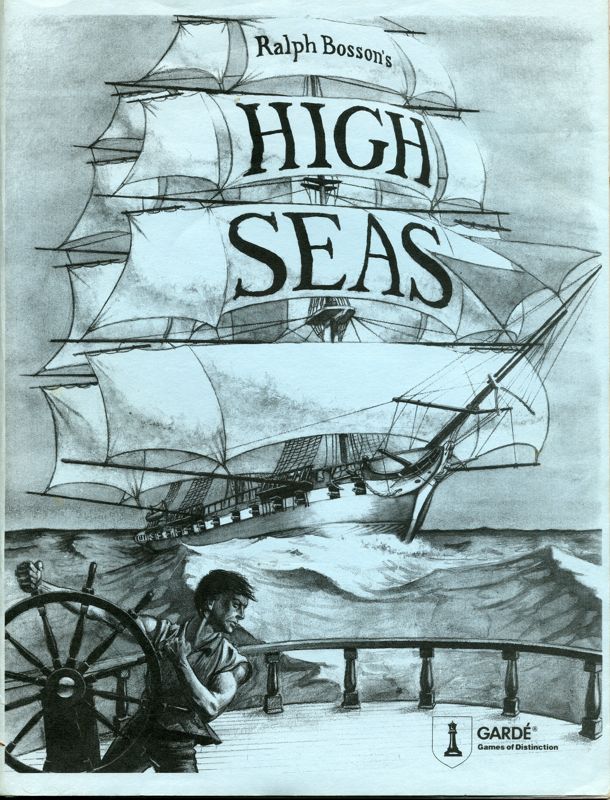
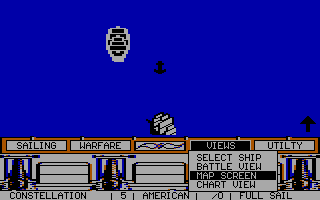
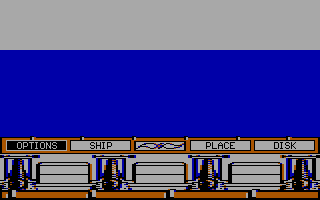
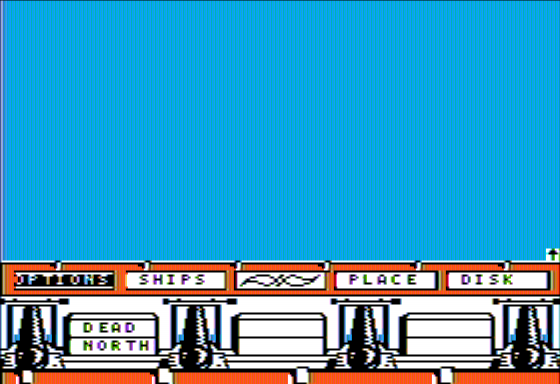
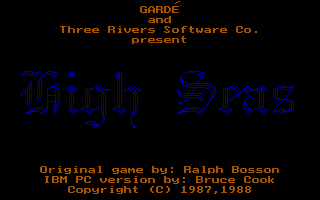
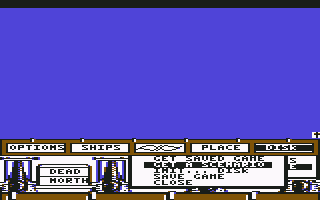



Reviews
There are no reviews yet.